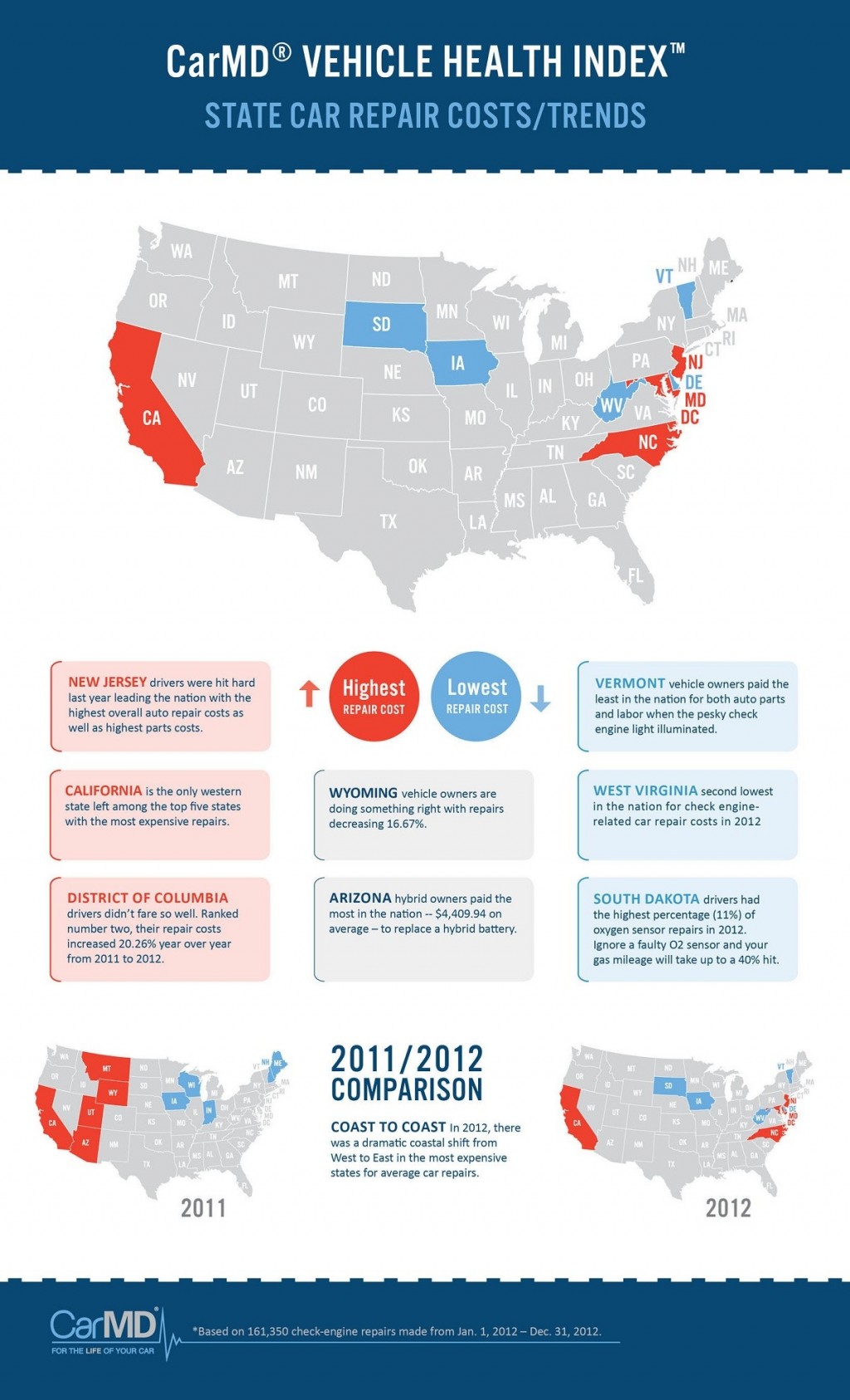Interested In Comprehending The Warning Lights On Your Auto'S Control Panel? Discover Their Relevance For Your Vehicle'S Safety And Security And Overall Condition
Interested In Comprehending The Warning Lights On Your Auto'S Control Panel? Discover Their Relevance For Your Vehicle'S Safety And Security And Overall Condition
Blog Article
Content Author-Sykes Kejser
When you lag the wheel, those beautiful caution lights on your dashboard can be a bit difficult. Do you know what they're attempting to tell you regarding your cars and truck's health and wellness? Comprehending the value of these lights is vital for your safety and security and the long life of your automobile. So, the next time one of those lights appears, wouldn't you intend to understand its message properly and take the needed actions to resolve it?
Common Caution Lighting and Interpretations
Determine usual warning lights in your vehicle and understand their meanings to guarantee safe driving.
The most regular warning lights consist of the check engine light, which signifies concerns with the engine or emissions system. If this light comes on, it's critical to have your automobile examined quickly.
The oil pressure advising light shows low oil stress, requiring instant interest to prevent engine damages.
A blinking battery light may recommend a malfunctioning billing system, potentially leaving you stranded otherwise dealt with.
The tire stress tracking system (TPMS) light alerts you to reduced tire pressure, influencing car stability and gas efficiency. Overlooking this can result in dangerous driving conditions.
The abdominal light shows a problem with the anti-lock braking system, compromising your ability to quit quickly in emergencies.
Last but not least, the coolant temperature level advising light warns of engine getting too hot, which can lead to serious damage if not dealt with swiftly.
Comprehending these typical caution lights will help you resolve problems without delay and keep safe driving conditions.
Relevance of Prompt Interest
Comprehending the usual caution lights in your vehicle is only the very first step; the importance of immediately dealing with these warnings can't be highlighted enough to guarantee your safety and security on the road.
When a caution light brightens on your control panel, it's your car's method of communicating a prospective problem that requires attention. Disregarding these warnings can bring about extra serious troubles in the future, compromising your security and possibly costing you a lot more out of commission.
Motivate interest to alerting lights can avoid break downs and crashes. As an example, a blinking check engine light can indicate a misfire that, if left ignored, can trigger damage to the catalytic converter. Addressing professional detailing near me can save you from a costly repair.
Likewise, onyxcardetailingproductnz advising light could indicate reduced brake liquid or used brake pads, important elements for your safety when driving.
Do It Yourself Troubleshooting Tips
If you see a caution light on your dashboard, there are a few DIY troubleshooting pointers you can try before looking for expert assistance.
The first step is to consult your auto's manual to understand what the specific caution light suggests. In some cases the issue can be as simple as a loosened gas cap activating the check engine light. Tightening up the gas cap might deal with the problem.
Another usual issue is a low battery, which can set off various warning lights. Examining the battery links for corrosion and ensuring they're protected might repair the problem.
If a caution light persists, you can try resetting it by disconnecting the cars and truck's battery for a couple of minutes and after that reconnecting it. Additionally, checking your vehicle's fluid levels, such as oil, coolant, and brake liquid, can help repair cautioning lights connected to these systems.
Conclusion
In conclusion, comprehending your car's warning lights is vital for keeping your car running smoothly and securely. By without delay dealing with these signals and understanding what they mean, you can stay clear of pricey fixings and possible breakdowns.
Keep in mind to consult your car's guidebook for certain details on each warning light and take action as necessary to guarantee a trouble-free driving experience.
Keep educated, stay risk-free when traveling!
